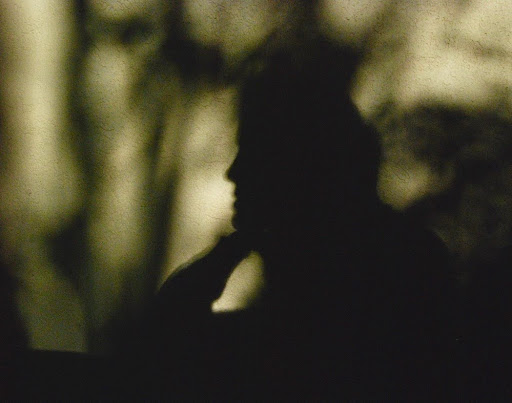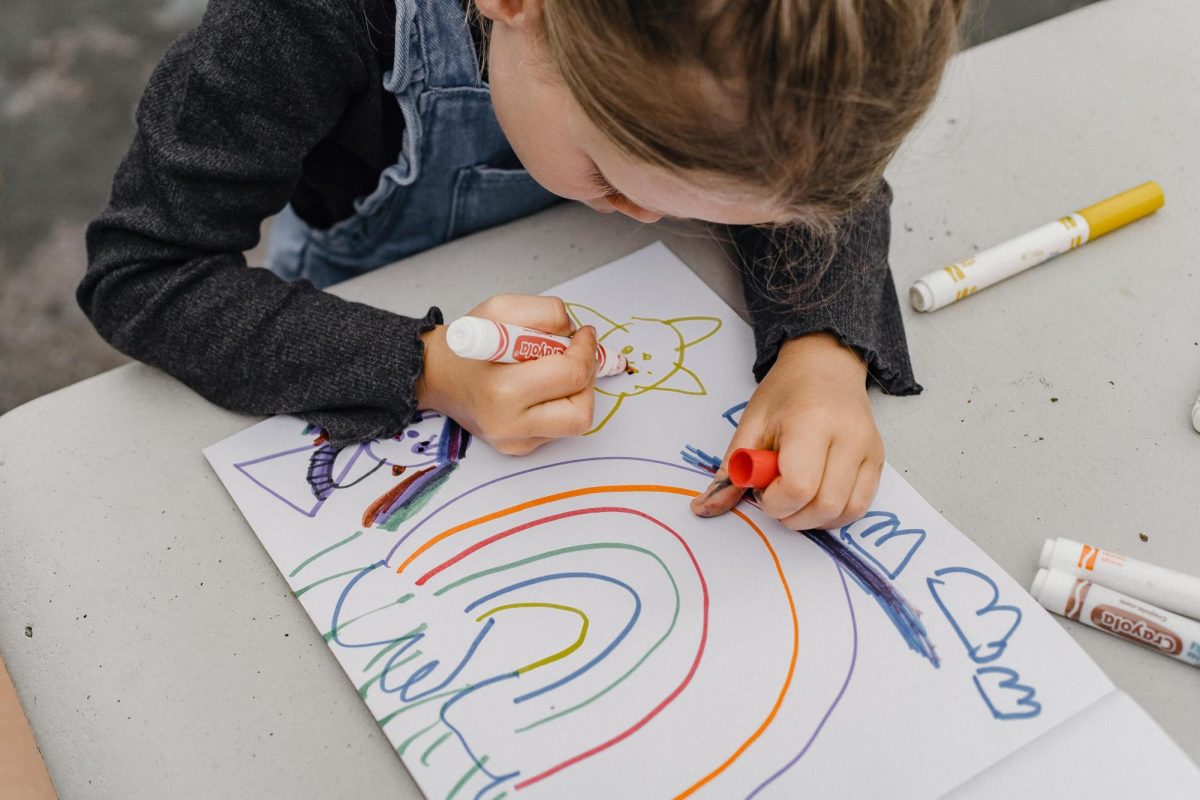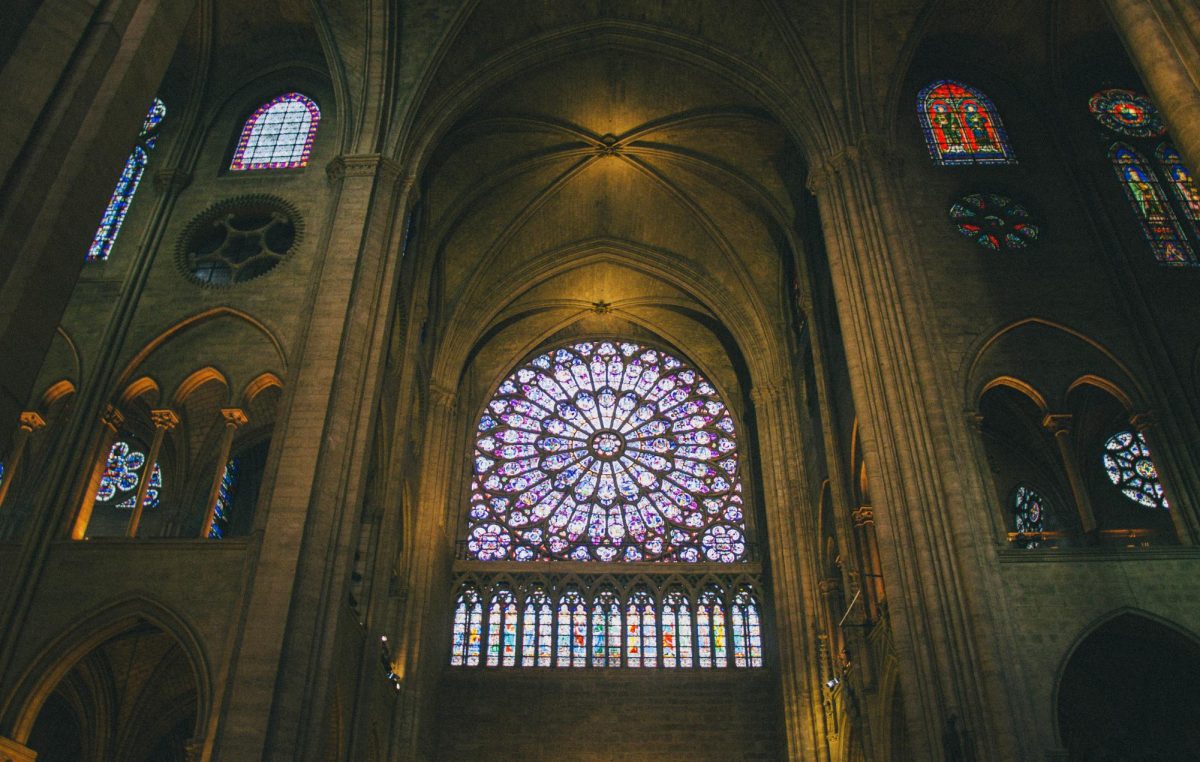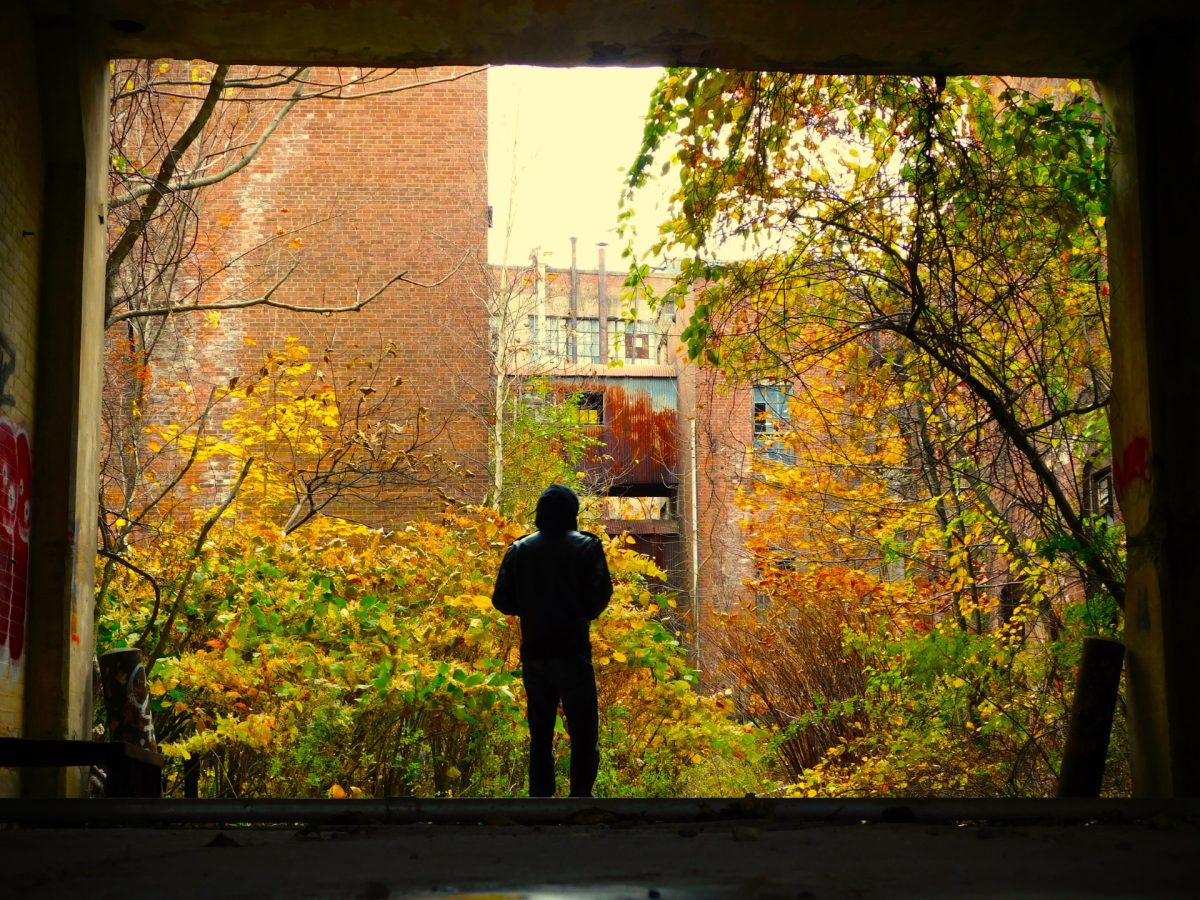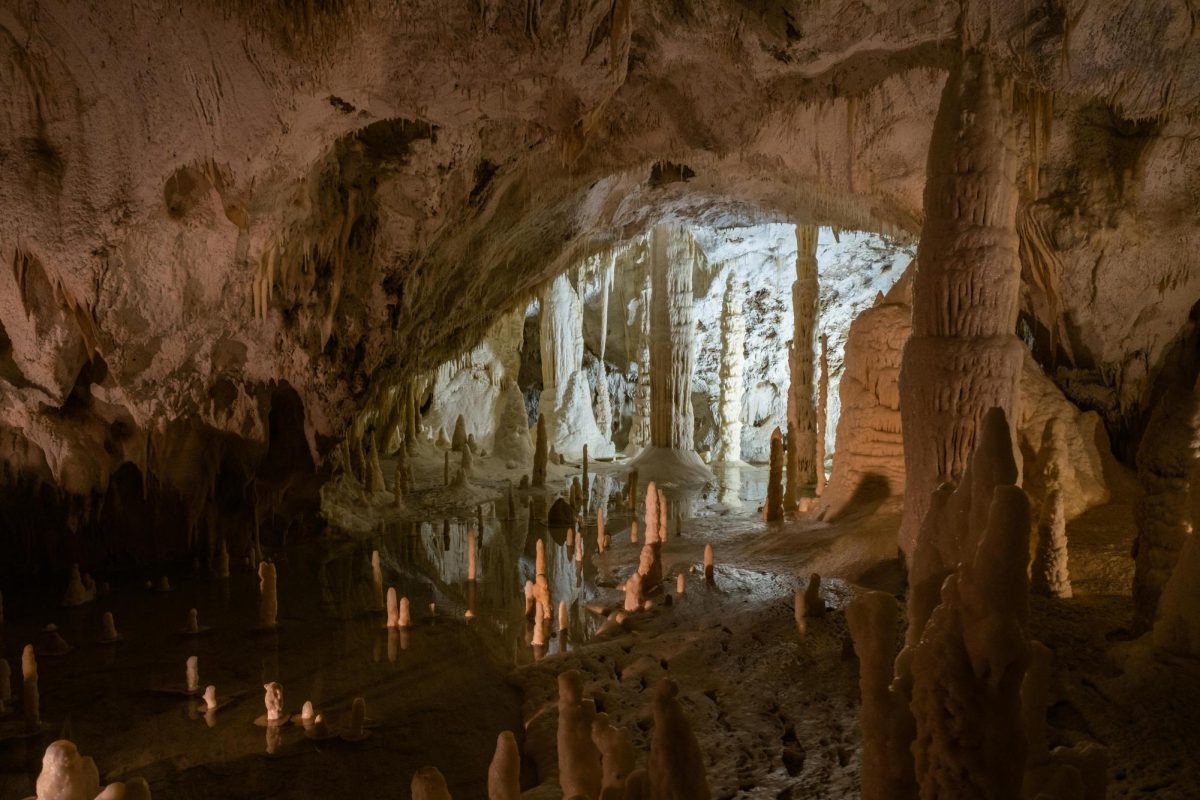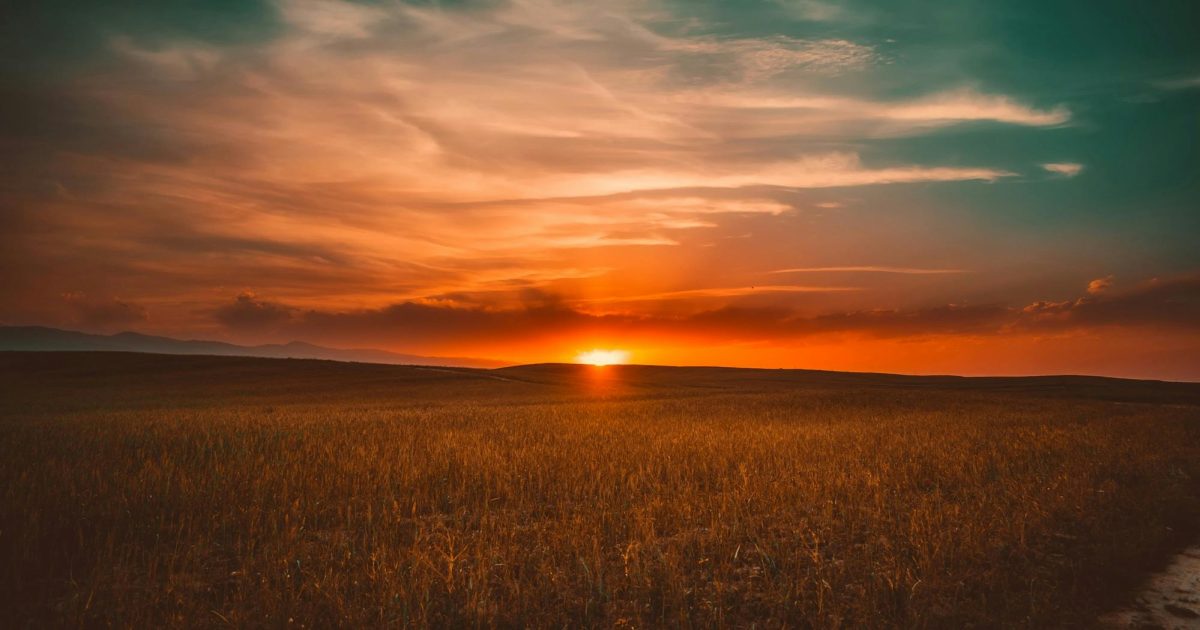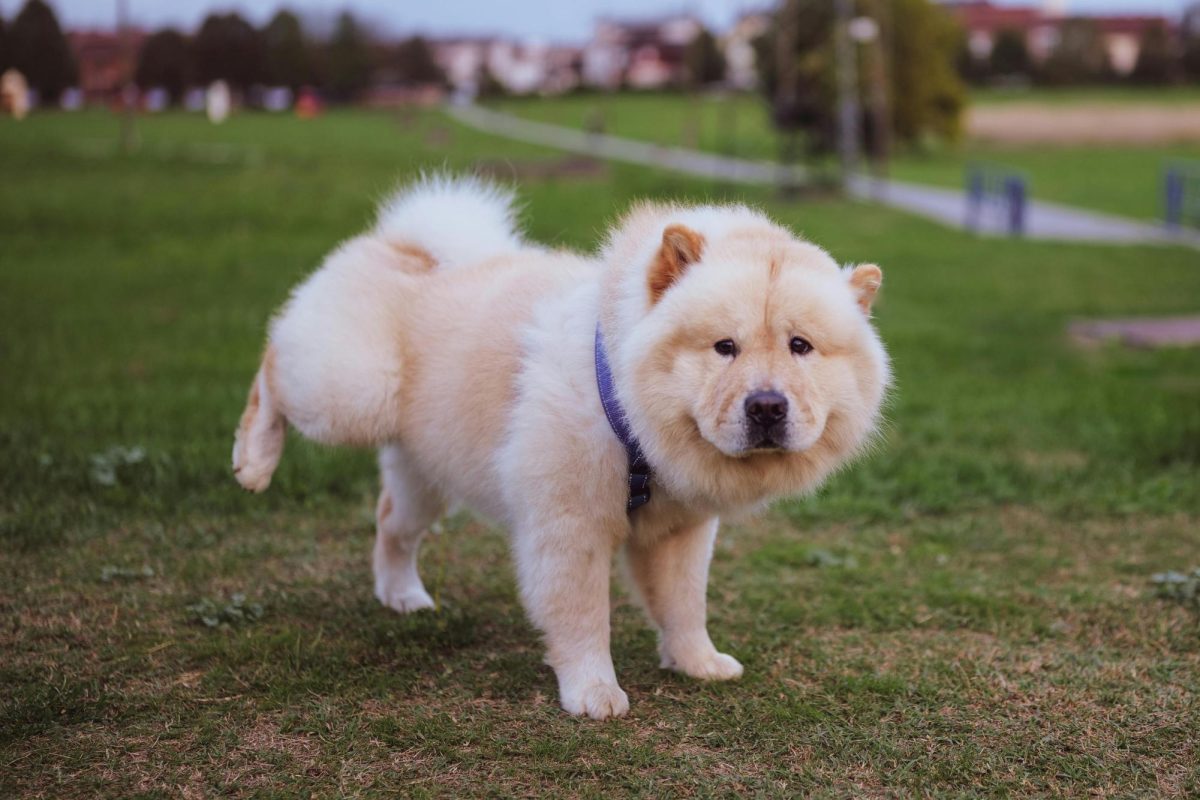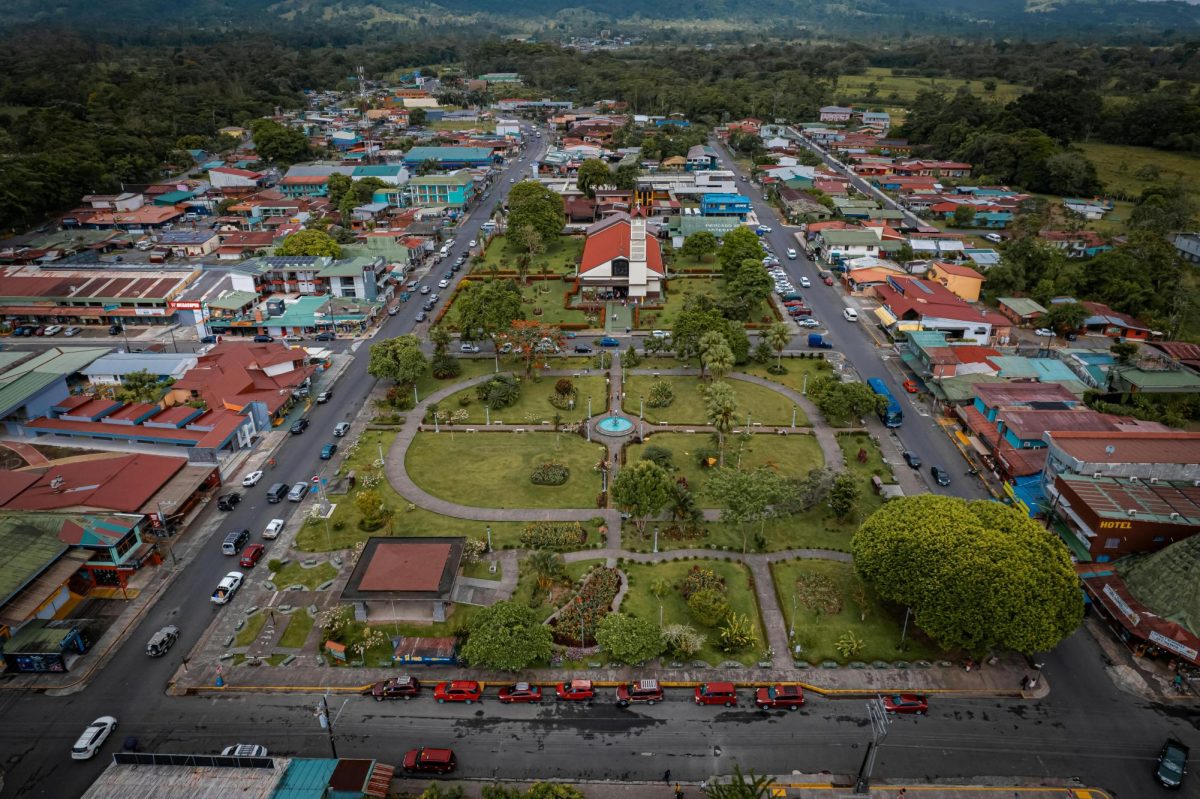I often go to the West Haven shoreline at sunrise to see the birds. Since spring has newly arrived, migratory birds are returning and reviving the once-bleak landscape. Warm-weather songbirds and shorebirds are slowly replacing the wintery squawking of herring gulls.
But this morning, I was more enamored with the crows and gulls than I was with the waterfowl. There was a large flock of gulls watching two crows dive into a trash can. As I approached I realized that the crows were taking french fries out and then flying with their lucrative goodies to consume in a tree. The moment the crow’s talons left the trash can, they were flocked by gulls who pursued them in hopes of snatching the french fry.


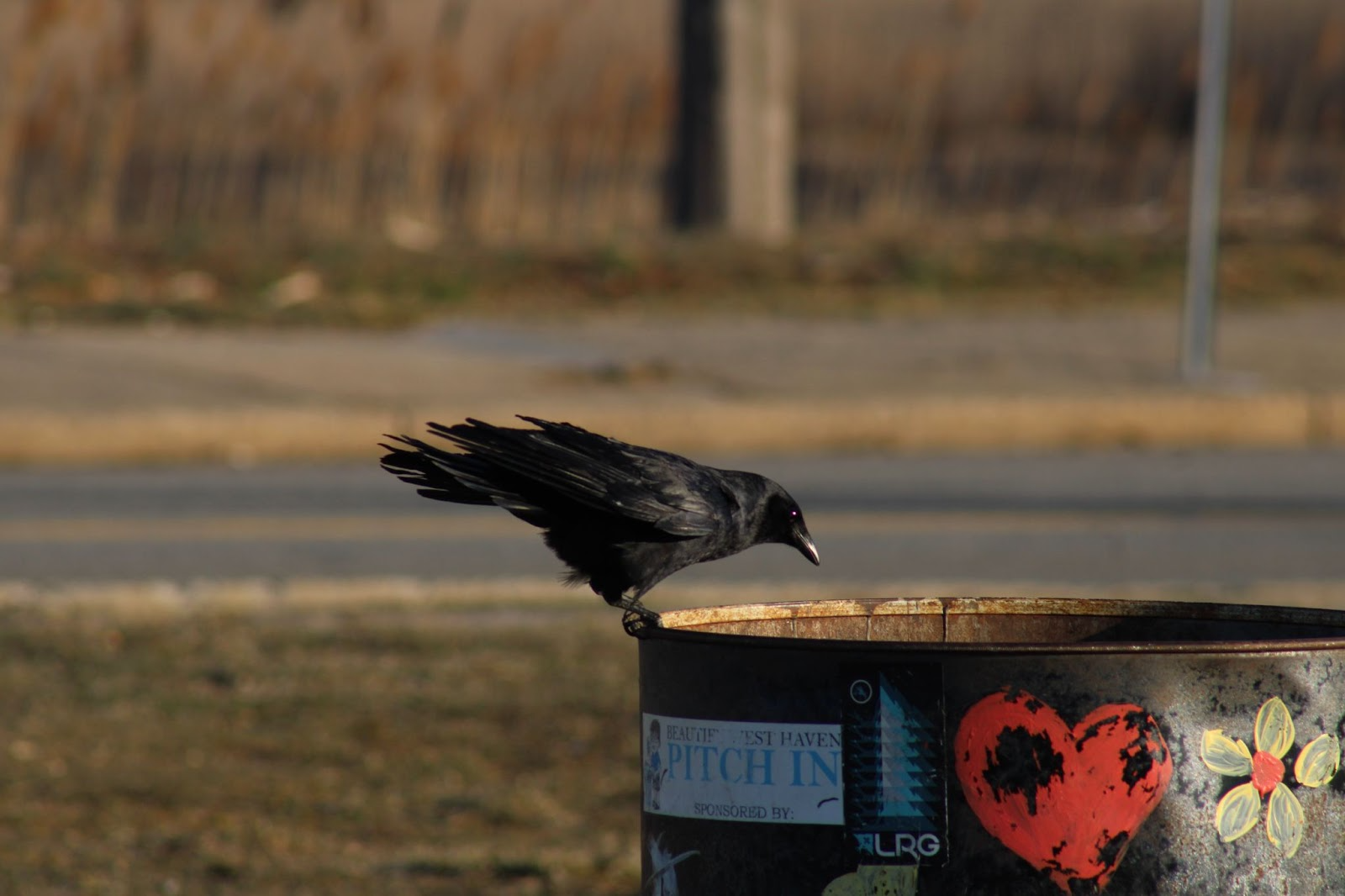
Across the parking lot, a crow and a seagull were taking turns sitting on top of an empty box of Corona beer that was resting on top of an overflowing trash bin.

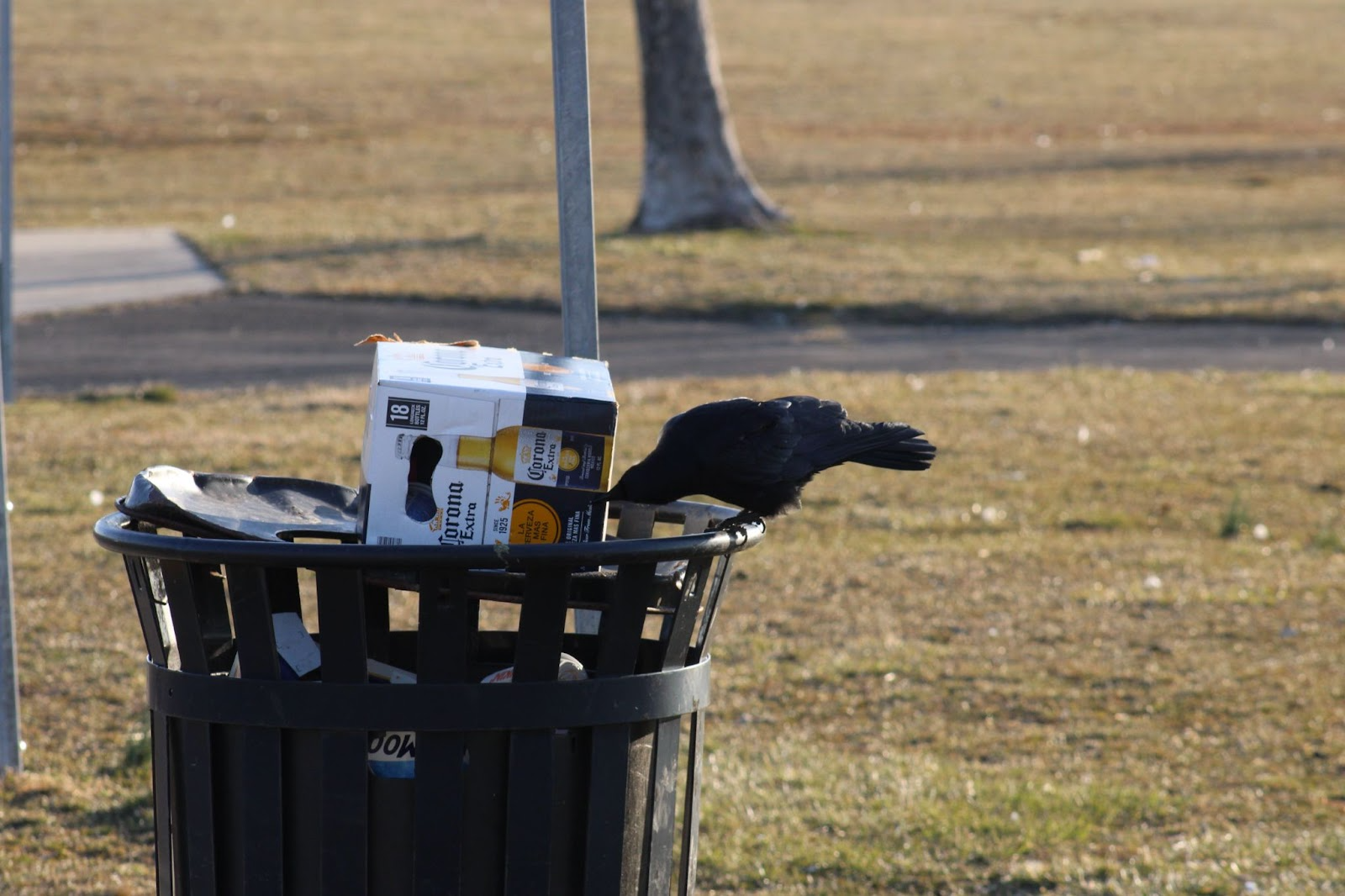

It’s no secret that urban wildlife love landfills and garbage cans. The idea of an easy meal is tempting for opportunists like gulls and raccoons. While shorebirds choosing to eat trash rather than exhibit “natural behaviors,” is troubling, other animals’ eating garbage may be detrimental to their entire ecosystem.
Across the United States, in Yellowstone National Park, there are rules in place that advise visitors against feeding wildlife. Dependence on human food sources was an issue from 1890 to 1940; before the park’s on-site landfill was deconstructed, one of the main attractions was a so-called “bear show.” At the bear show, as many as 250 bears would gather to search through garbage. While it is great that bear shows no longer exist, any dangerous wildlife in urban areas or National Parks may become aggressive towards humans if they rely on us for food. They will then have to be killed.
Improperly managed garbage and humans feeding wildlife continues to pose a risk in ecosystems. There are no positive effects of wildlife choosing to interact with and consume garbage.




